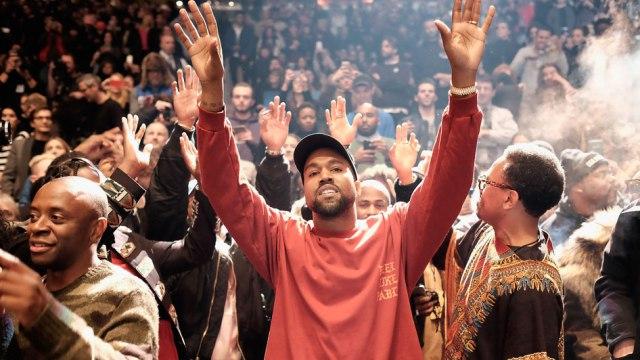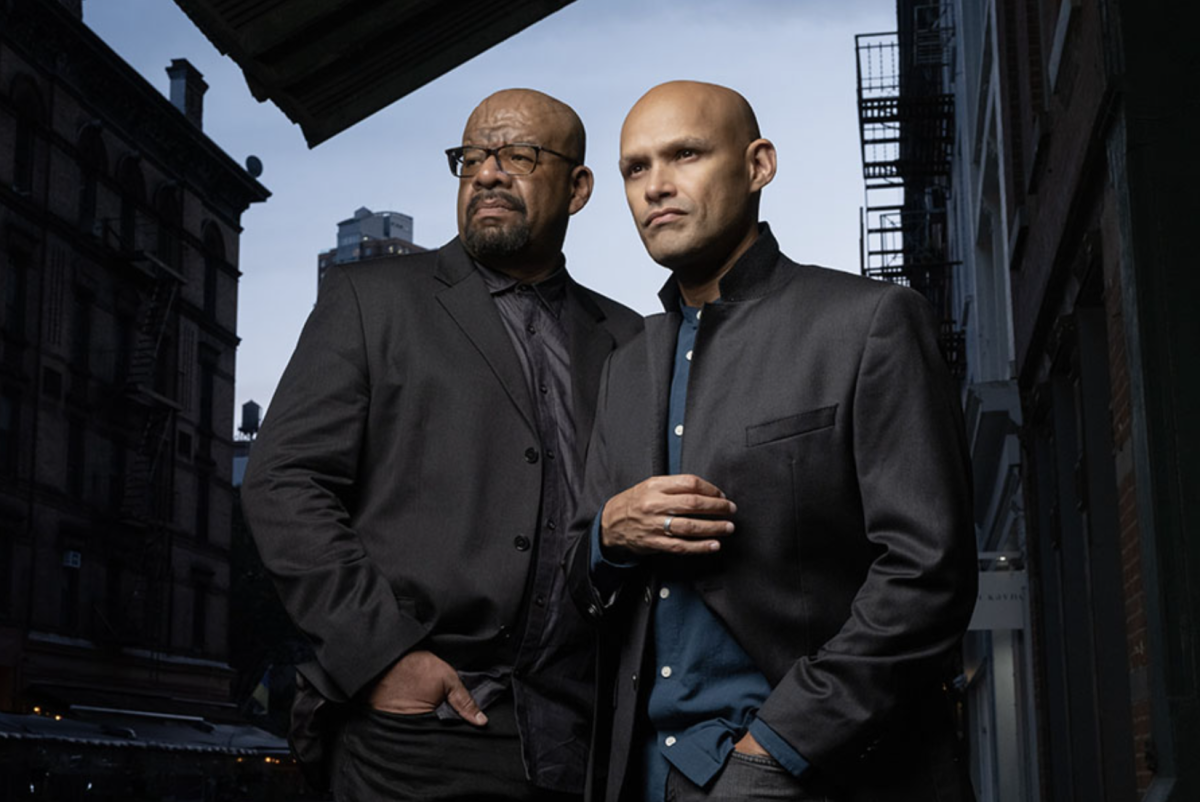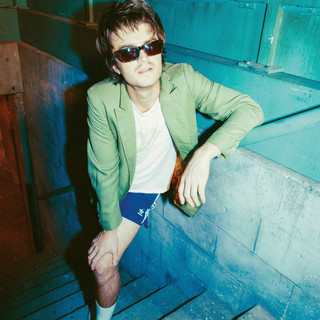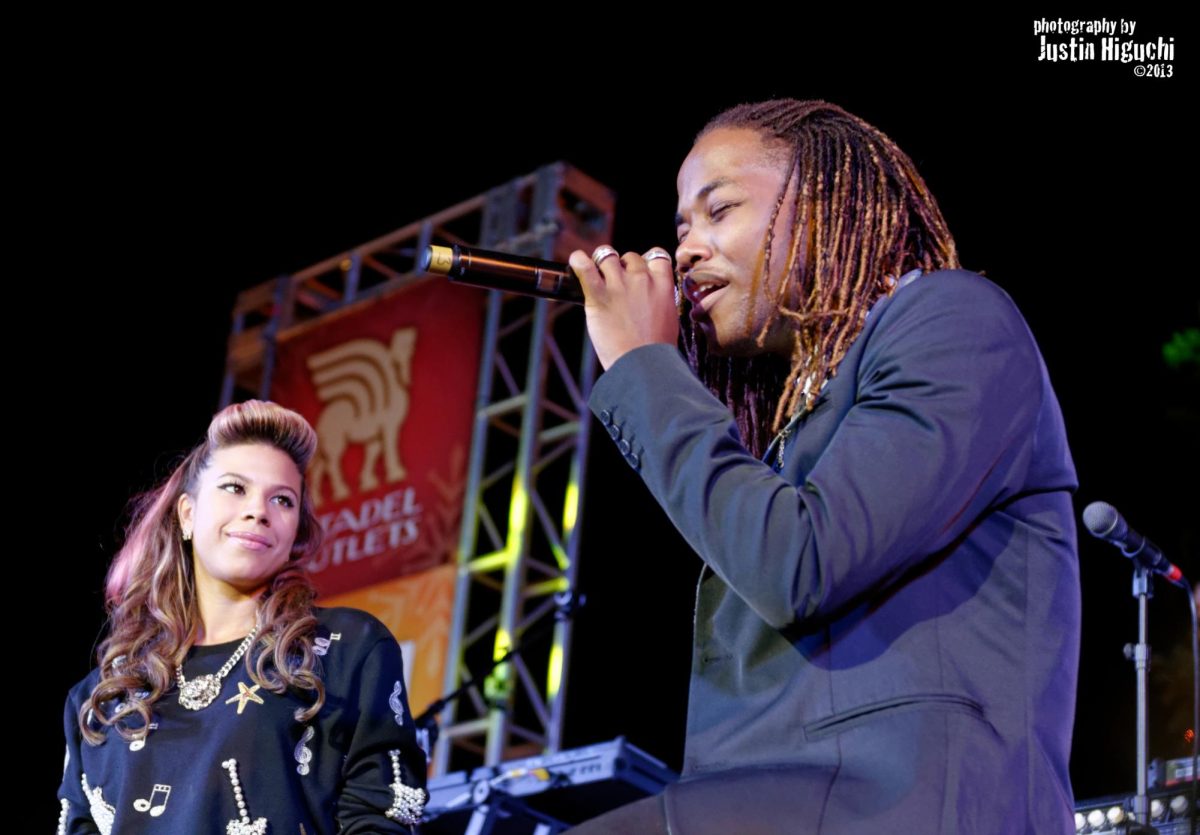With the drop of “The Life of Pablo” and the release of the third season of “Yeezy,” Kanye West seems posed to fully dominate the artistic world — if it weren’t for Twitter. West has a long history of controversial actions not limited to “George Bush doesn’t care about Black people” and interrupting Taylor Swift on stage. His current medium for dramatics seems to be his Twitter account, where he often posts rants against his haters and his exes and most controversially, “BILL COSBY INNOCENT.” While there is no excuse for defending a known rapist, Kanye West’s controversial behavior brings up a question fans often have to consider; Do we separate the artist from their art?
It is no question that Kanye West is an artistic genius. He blends an incredible sampling with excellent production and flawless flow. He is the master of the collaboration, drawing out the best of his features. A notable example is Nicki Minaj’s verse on “Monster” from “My Beautiful Dark Twisted Fantasy” which many critics agree confirmed and enhanced Minaj’s stature in the rap scene. West dares to mix and sample from songs so beloved in the canon, it is shocking they can even compare to the original.
Otis Redding’s “Try a Little Tenderness” has been sampled a million different times, in a million different ways. Yet West’s transformation of it in “Otis” off of his collaboration with Jay-Z’s “Watch the Throne” led to a hit which managed to keep the integrity of the song while creating a completely different and excellent track.
These themes that make Kanye West great continue through his new album “The Life of Pablo.” The star of the album’s opener “Ultralight Beam” is new to the scene. Chance the Rapper is a Chicago start-up like Kanye himself. West, understanding the power of Chance the Rapper’s flow, gives his verse a chance to breathe. Borrowing from Notorious BIG, Kanye’s approach to features is that “if you don’t know, now you know.” Fans of Chance the Rapper knew his incredible talent years ago but his feature on “Ultralight Beam” will be the catalyst he needs to break into the larger music scene, just like Nicki Minaj back in 2006. Even already established musicians like Rihanna, The Weeknd and Chris Brown have their time to shine in “The Life of Pablo.” West has the incredible ability to give musicians a chance to do what they do best.
Of course, it wouldn’t be a Kanye West album without an incredible amount of sampling, seamlessly weaved into the structure of the song. The most notable sample is from “Father Stretch My Hands,” in which West samples the song of the same name by Pastor T.L. Barett. This example helps add to notion that The Life of Pablo was modelled after a gospel album. West himself was quoted as saying the album was a gospel album “with a lot more cussing.” The most sample heavy songs are “No More Parties in L.A.” and “Fade,” two of the album’s bonus tracks.
Overall, “The Life of Pablo” is a continuation of the artistic genius of Kanye West. It taps into his pathos, his joy and his vision. However, the album is often scattered and not vetted and curated the way it should be. The genius is there, but it is not tailored the way his previous albums “Yeezus” and “My Beautiful Dark Twisted Fantasy” were.
One of the main issues in loving Kanye West is his public behavior. Kanye himself seems aware of it. A track in “The Life of Pablo,” “I Love Kanye” is a meta tribute to his fans and his relationship with the news. “I hate the new Kanye, the bad mood Kanye / The always rude Kanye, spaz in the news Kanye,” he spits. He lampshades the transformation he has made in the last ten years. West has traded in his pink polos for clothes off his designer line. He went from summertime jams with “College Dropout” and “Graduation” to emotional and aggressive raps on “My Beautiful Dark Twisted Fantasy” and “Yeezus.”
The other note is what may be an apparent mental illness. Kanye freely admits this on “FML” with the line “You ain’t never seen nothing crazier than // This n— when he off his Lexapro” and admits to seeing a psychiatrist on “No More Parties in L.A.” It would not be shocking if his outbursts in the news and Twitter tended to be the result of a manic episode. We hear legends of genius artists having depressive breaks and various mental illnesses. Pablo Picasso, the namesake of the album, often struggled with depression. Kanye West’s outbursts and antics are in fact part of his artistic process. His morally incorrect actions like general slut shaming and misogyny against his ex Amber Rose and tweets supporting Bill Cosby need to be called out by the media and corrected. However, the evidence of his mental illness cannot be written off as “crazy Kanye” because a lot of the times he is correct. Most of his rants include the recurring theme of racism against black artists which he is right to call attention to. More importantly, watching an incredibly public figure struggle with something as challenging as bipolar disorder might be an important chance in fixing stigma against mental illness. As West himself says in “Feedback,” “Name one genius that ain’t crazy.”





